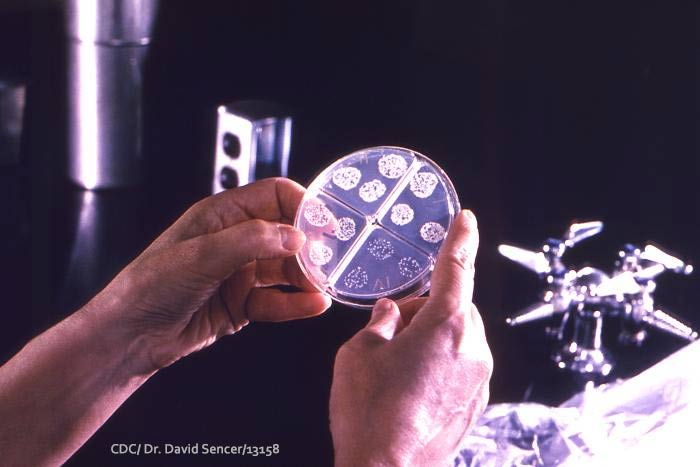E. coli O121 is similar to the more prevalent E. coli O157:H7 in that it is a Shiga toxin-producing E. coli (STEC). The Shiga toxins made by the bacteria can cause serious injury or death. This strain is part of a group of E. coli serotypes called non-O157 STEC or non-O157 E coli.
It is harder to identify E. coli O121 than E. coli O157. Most health departments have to send samples to the Centers for Diseases Control and Prevention (CDC) for testing. Because identification is difficult, these infections are most likely underreported.

E. coli O121 Outbreaks
Northfork Ground Bison E. coli Outbreak and Recall –In 2019, an E. coli outbreak linked to Northfork ground bison sickened 33 people in eight states. Eighteen people were hospitalized. On July 16, 2019, the Centers for Disease Control and Prevention (CDC) announced the outbreak and Northfork Bison Distributions, Inc., in Saint-Leonard, Quebec, Canada, issued a recall for ground bison products sold to restaurants and at grocery stores.
Two strains of E. coli were associated with this outbreak, E. coli O103 and E. coli O121. The number of cases reported from each state was: CT (2), FL (6), IL (1), MI (1), MO (1), NJ (3), NY (14) and PA (5).
Gold Medal Flour – In 2016, an E. coli O121 and O26 outbreak linked to Gold Medal flour sickened 63 people from 24 states.
2014 Jimmy John’s Clover Sprouts – In 2014, clover sprouts produced by Evergreen Fresh Sprouts and served at Jimmy John’s, the Pita Pit, and Daanen’s Deli sickened 19 people in six states.
Farm Rich Frozen Foods – In 2013, an E. coli O121 outbreak linked to Farm Rich brand frozen foods sickened 35 people in 19 states. Eighty-one percent of those sickened were people 21years old and younger.
- Iceberg Lettuce – In 2006, an outbreak in Utah sickened four people, three of whom developed hemolytic uremic syndrome (HUS). Epidemiological evidence found that the source was iceberg lettuce prepared at a fast food facility.1
- Water – Eleven people contracted E. coli infections after swimming in a lake. Three of the eleven were children who contracted HUS. Microbiological evidence pointed to E. coli O121. The illnesses were associated with swallowing water while swimming during one week in July.2
This pathogen has been associated with cases of bloody and non-bloody diarrhea, hemorrhagic colitis, and hemolytic uremic syndrome (HUS).
Reference: 1. Weber-Morgan Health Department press release, 2006, August 7.
2. McCarthy, T. A., Barrett, N. L., Hadler, J. L., Salsbury, B., Howard, R. T., Dingman, D. W., Brinkman, C. D., Bibb, W. F., Cartter, M. L. (2001). Hemolytic-Uremic Syndrome and Escherichia coli O121 at a Lake in Connecticut, 1999. Pediatrics 108: e59-59.